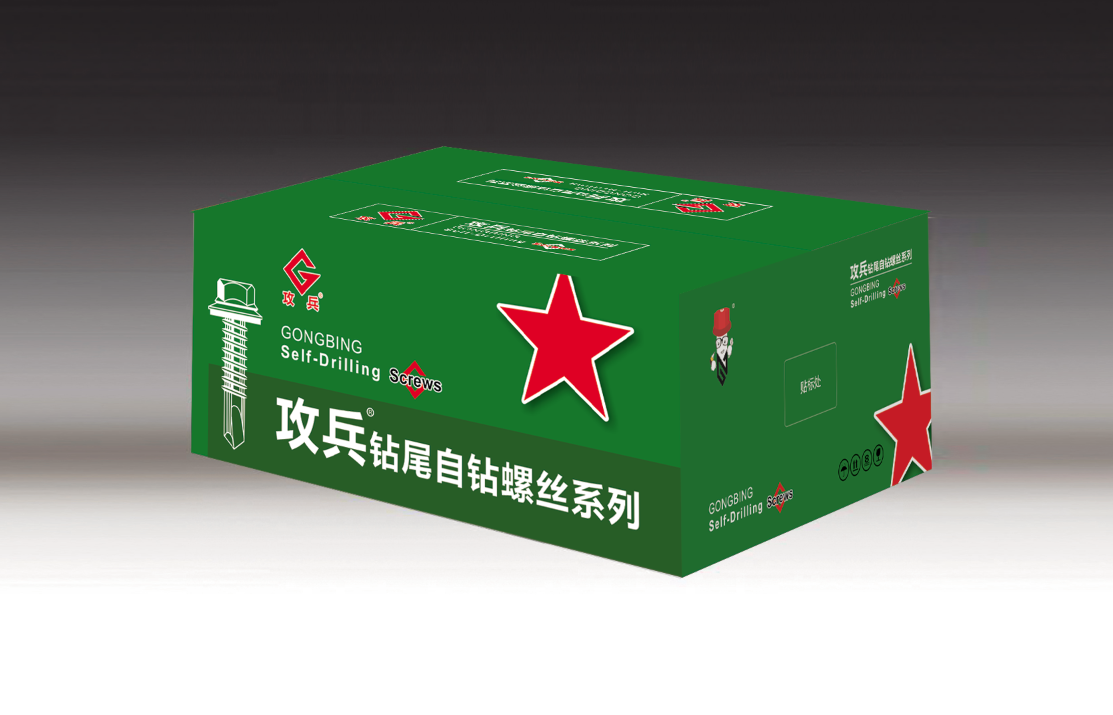Self-Drilling Screws for Secure Connections in Structural Steel Applications
Self-Drilling Screws for Structural Steel An Overview
Self-drilling screws play a vital role in the construction and fabrication of structures involving steel. As a type of fastener designed specifically for metal applications, these screws combine the functionalities of drilling and fastening into one seamless operation. This innovative design not only enhances efficiency but also contributes to the integrity and durability of various structural projects.
What Are Self-Drilling Screws?
Self-drilling screws, also known as Tek screws, are equipped with a drill-like point that allows them to create their own hole as they are driven into the material. This feature eliminates the need for pre-drilling, making them particularly advantageous in structural steel applications where speed and precision are essential. Typically made from high-strength steel and coated for corrosion resistance, these screws are designed for various thicknesses of steel, ensuring reliable performance under demanding conditions.
Advantages of Using Self-Drilling Screws
1. Efficiency The primary advantage of self-drilling screws is their efficiency in assembly. Traditionally, fastening multiple pieces of metal would require a pre-drilling step, consuming additional time and labor. Self-drilling screws reduce this step, leading to faster installation times while still maintaining high levels of accuracy.
2. Cost-Effectiveness Reducing labor time directly correlates with cost savings. In large-scale construction projects, these time efficiencies can translate into significant financial savings, making self-drilling screws an economical choice for contractors and builders.
3. Durability and Reliability Self-drilling screws are engineered to withstand the rigors of structural applications. With high tensile strength and corrosion-resistant coatings, they can endure extreme environmental conditions, which is critical in structures that face humidity, rain, or salt exposure. This durability ensures long-lasting performance, reducing the need for repairs or replacements over time.
self drilling screws structural steel

4. Versatility While self-drilling screws are commonly associated with steel, they can also be used with various materials, including wood and some plastics. This versatility makes them a go-to fastener in diverse projects, from metal roofing systems to the assembly of pre-engineered buildings.
Applications in Structural Steel
Self-drilling screws find a broad range of applications within the construction and manufacturing sectors. They are widely used in
- Metal Building Construction These screws are essential in the assembly of metal frames and sheeting, ensuring that connections remain secure and free from leaks. - Roofing and Siding They are used to attach roofing panels and siding in metal structures, providing a watertight seal that enhances the building's overall integrity. - Bridging Applications In large infrastructure projects such as bridges, self-drilling screws play a crucial role in securing steel components to withstand heavy loads and dynamic forces.
Considerations for Use
While self-drilling screws offer numerous benefits, it is essential to consider specific factors when selecting and using them. Factors such as screw length, gauge, thread design, and corrosion resistance must align with the project requirements and materials involved. It's also critical to choose the right drill point design based on the thickness of the metal being fastened.
Conclusion
Self-drilling screws represent a significant advancement in fastening technology, especially for structural steel applications. Their unique ability to drill and fasten simultaneously makes them an indispensable tool in modern construction. By understanding their advantages and applications, builders and engineers can harness the full potential of self-drilling screws to enhance project efficiency, cost-effectiveness, and overall structural integrity. As the construction industry continues to evolve, these fasteners will undoubtedly remain a pivotal component in the development of robust and reliable structures.
-
Weatherproof Plastic Expansion Anchors for OutdoorNewsJun.06,2025
-
Sustainability in the Supply Chain: Eco-Friendly TEK Screws ProductionNewsJun.06,2025
-
Load-Bearing Capacity of External Insulation FixingsNewsJun.06,2025
-
Double Head Bolts: Enhancing Efficiency in Industrial MachineryNewsJun.06,2025
-
Corrosion Resistance in Chipboard Screws: Coatings for Wholesale DurabilityNewsJun.06,2025
-
Butterfly Toggle Bolts : Enhancing Structural ResilienceNewsJun.06,2025
